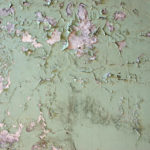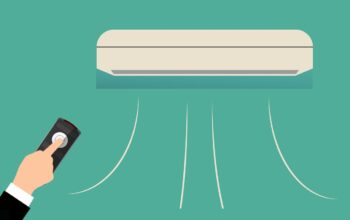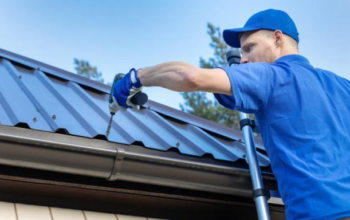Dampness and dripping water in your home can be a cause of concern for you. Every time the temperature fluctuates, it is possible to happen due to humidity in your home. This is the estimate of water vapor that is available in the air. Frequently you will notice that during colder days, when the warm air comes in contact with cold air, the moist air freezes in specific locations like the attics and the windows. This creates an accumulation of ice. However, when the temperature rises, melting takes place, leading to excess moisture in your home.
Such problems are concerning, but you can prevent this problem right away if you have the right tricks in mind. This article will help you learn how to reduce humidity in your home during the winter. So could you stick with us till the end?
But before we move on, do not forget to learn more about home humidity by tapping into the link.
What Contributes To High Humidity In Your Home?
Weather is a prominent factor, but did you know that many other factors can add moisture to the air. There are many activities that we perform daily, like showers and cooking, that both involve water. In case of poor circulation between the rooms, the moisture won’t be able to go out. Also, if you have many plants and animals in your home or the tank, it can easily volunteer to produce excess humidity inside your home. So, these contributors need to be carefully evaluated if you want to understand what causes high humidity inside your home. That is when you can come up with the proper measures to decrease them on time.
What Contributes To Low Humidity At Home?
For starters, you need to note that cold air is dry air. Since water consistently alters its phases, the water molecules cling to the different things. This is how it turns liquid or solid to create moisture. Here’s how.
- Infiltration
A leaking hose is a concern. If you find any means of leakage in your home, make sure you get it sealed immediately. - Duct Leakage
Here, the furnace or any other type of forced-air heating system may be welcoming outdoor air via a leakage. It may also be happening indirectly via pressure alternations in the home. So, you have to identify that and get it fixed as soon as you can. - Mechanical Ventilation
Several building codes demand air tightness today. That is why several houses have now adopted whole-house mechanical ventilation systems. If there is room for ample outdoor air, but you do not run it via a mechanical ventilation system, this stores enough indoor humidity. So, you have to find out ways to beat that.
How Can You Reduce The Moisture?
Reducing the moisture doesn’t mean you need to stop taking showers or cooking at home during the winters. It simply means that you have to control the different activities that create excess moisture. So, it would help if you had persistent air exchange and movement all across the home. This will allow the moisture to move instead of being trapped inside a specific corner. But how do you make that happen? Well, here’s how to do it.
- When nobody is using your bedroom and bathroom, you can open the doors up. This is important to create proper ventilation so that the moisture in the room can be reduced significantly. With this, circulation in the room will keep running and reduce the humidity whenever possible. You can also run a furnace fan persistently to speed up the ventilation process. This will bring better air circulation into the rooms.
- During cold-temperature days, we tend to use humidifiers. But this does not come in handy to decrease the moisture. It adds to the humidity in the air and makes it hard to deal with it.
- When the temperature is cold, moisture can accumulate easily as the ventilation is minimal. This can increase the humidity awfully. If you want to beat this problem, it is wise to keep the bathroom fan on 24/7 during these times.
- You will often notice that both cooking and boiling water leave enough moisture inside the kitchen. This can give the cook an uneasy experience and increase the humidity. So, what is the ideal thing to do to reduce this problem? Well, it is wise to turn on your kitchen range hood.
- If you use a programmable thermostat in your home, you may want to practice caution every step of the way. This is because you need to keep in mind that you are not setting the temperature too low when you leave home. Since this can increase the humidity in your home, it can be a problematic concern for you.
- During cold days, the condensation occurs in no time. But we do not bother to wipe them off. This is when the chances of moisture improvement enhance. So, you need to wipe it up on the windows to prevent the moisture from occurring easily.
- Keep in mind that you open up all the heat registers. This will help you to make sure that any cold air returns are not left being blocked by the furniture at any cost.
- All the areas inside your home demand sufficient heating. This helps make sure that the heat flows over all the ceilings, doors, and windows properly.
- If possible, try to buy yourself a hygrometer to estimate the humidity in diverse areas of your home. Since they are highly affordable, you will likely buy them at once when you see them in any store. They are also readily available for your help. So, go to any supply stores, and you will find them there.
The Bottom Line
Reducing humidity in your home during the winters is no hard day’s task. Make sure you follow the instructions we have listed above for you to beat the problem. We promise; it will come to your rescue right at the moment.
Related Posts












